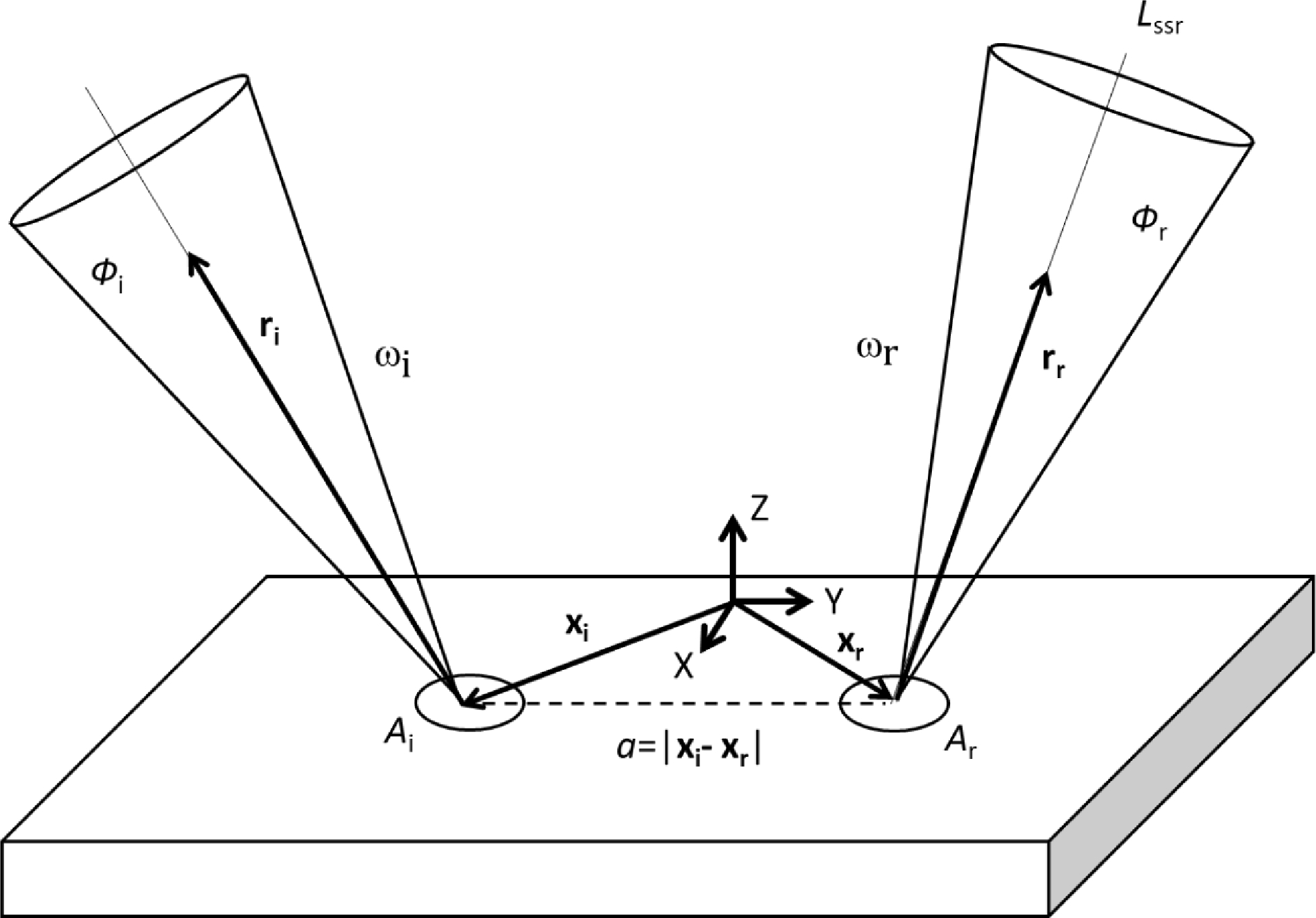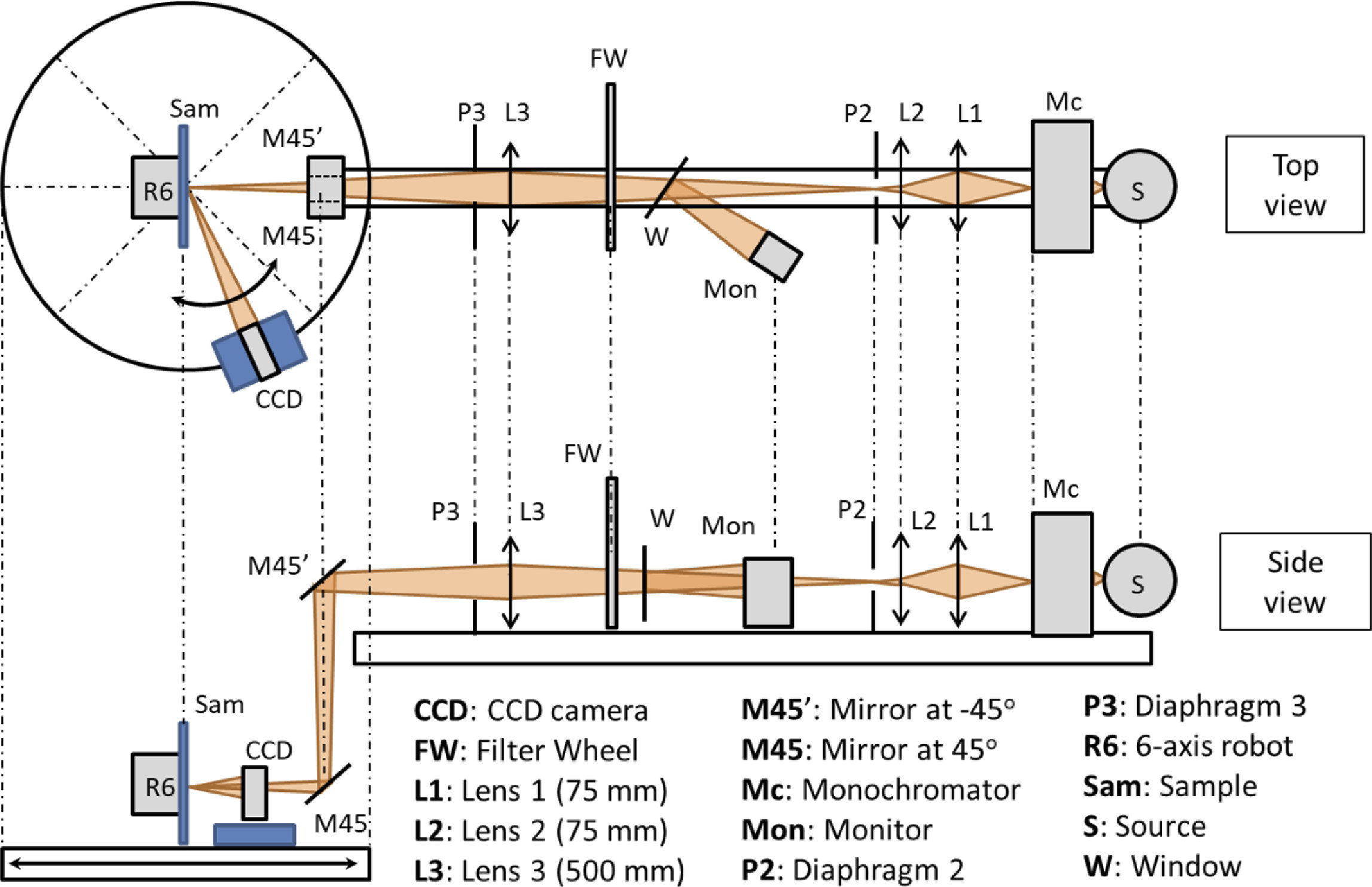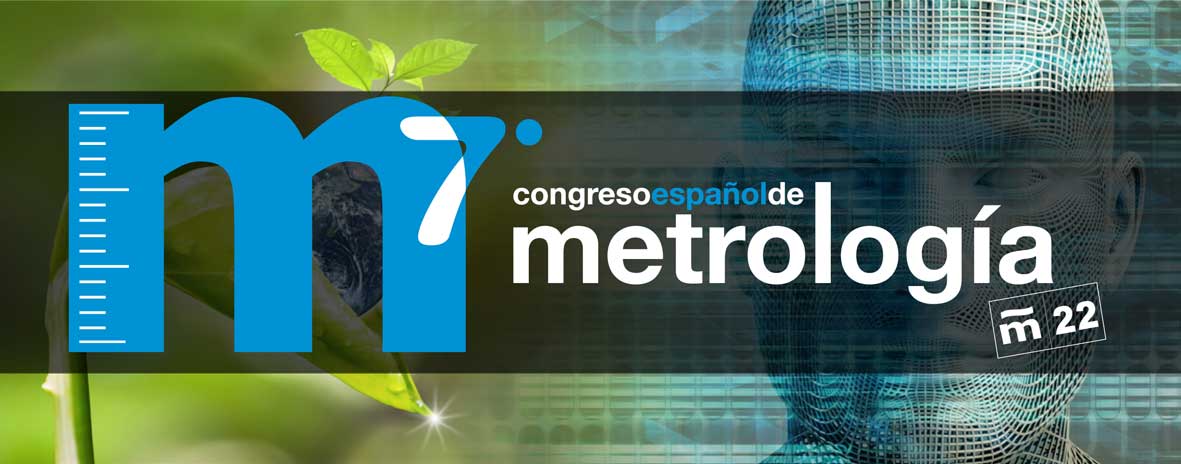Primary facility for traceable measurement of the BSSRDF

Did you know that translucency does not have a defined scale of measurement in the International System?
A team of researchers from the Institute of Optics has developed a primary facility to provide measurements of the appearance of objects with traceability to the International System of Units (SI). These measurements are very important for studying light scattering in materials and for understanding and reproducing translucency.
The study and characterization of appearance are of great importance in different industrial areas today. This has led the International Commission on Lighting (CIE) to include it in the top 10 priorities of its research strategy and to provide recommendations on measuring the appearance of objects. Color, gloss, translucency and texture must be objectively measurable, much like the width of an object, to provide a complete description of its appearance so that an identical object can be manufactured elsewhere for comparison by your measurements.
To carry out objective measurements of these magnitudes, it is necessary to establish measurement scales, which are based on the measurement of the light reflected and transmitted by the objects, and their spectral (color), angular and spatial distributions.

Bi-directional reflectance distribution function on the surface
The bidirectional reflectance distribution function on the surface (BSSRDF) is the function that describes the variation of the light reflected from the different points of a surface with respect to the light that reaches said surface. The measurements of this function are important for, for example, measuring the translucency of objects. However, to date, and due to its technical complexity, no standard measurement procedure has been established. The research group of the Institute of Optics has developed a primary facility capable of carrying out measurements with traceability of the BSSRDF that is based on a gonio-spectrophotometer with spatial resolution in the detection, spectral resolution in the irradiation and angular resolution both for the direction of irradiation and detection.
With this apparatus the BSSRDF of twelve translucent and homogeneous samples of different levels of translucency, from almost transparent to almost opaque, has been measured. This primary facility is intended to be the “vernier caliper” for calibrating other instruments on the BSSRDF scale.
In this article, the team presents a primary facility to measure the BSSRDF, which should be beneficial for the general improvement of this type of measurements, providing reliable data to the scientific-technical community and giving a closer view to reflectance measurements. and transmittance.
Measurement system
A schematic of the gonio spectrophotometer is shown in the Figure. It is made up of three subsystems: the irradiation system, which is fixed; the sample positioning system, a 6-axis robotic arm; and the detection system, a CCD camera mounted on a circular rail. This design allows any direction of irradiation and detection to be carried out.






